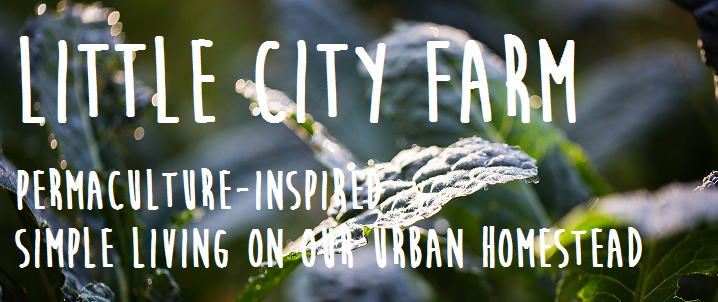
A friend passed on a huge sack full of quince to us, which had come from a local tree in her mother's backyard that seldom gets harvested or used. This is the first time I've made anything with quince, and so I did a little sleuthing as to best ways to preserve it.
Turns out quince is similar in flavour to apple and pear, but is not desirable to eat uncooked as it is too astringent raw. Therefore quince has not become a popular fashion in grocery stores or farmers markets. It is ripe when it turns from green to yellow and softens slightly. It also has a lovely sweet smell, likened to the aromas of honey, pineapple, guava, or fresh flowers. Very aromatic! In older cookbooks (20-50 years ago) when quince was more well-known it is often referenced in applesauce recipes as a thickener, as it has a high amount of natural pectin. It can be made into sauce, jelly, jam, syrup, and a thick spread called "membrillo". This membrillo is a tradition of Spain, eaten on slices of good quality hard cheese or with cuts of meat. I decided to make my quince into membrillo and here is the recipe I used. I made it over the course of a few days (chopping and cooking down the fruit one day, saucing it through a food strainer the second day, cooking it into membrillo the third day, and canning the membrillo on the fourth day) - so it really was not a labour intensive process at all. The result is a gorgeous pink-purple coloured sweet smelling, rich tasting jelly.
Very simple traditional membrillo recipe:
Quince
Sugar
Water
Lemon juice, optional

1) Quarter the quince, not bothering to peel or core them. Add a small amount of water and cook down slowly in large pot until quince is softened.
2) Strain quince through food strainer to obtain a smooth puree.
3) Measure quince puree and add the same amount of white sugar (e.g. 1 cup quince puree = 1 cup white sugar)
4) Cook quince puree and sugar with a small amount of water, on low heat, stirring occasionally as it will start to thicken. When fairly thick, remove from heat and ladle into baking pans.
5) Bake in a very low oven (150-200 C) for several hours until quince becomes a thick jelly that can be sliced. Alternately, can the hot quince jelly in a food canner as you would any other jam (process in boiling water for 5 minutes). If not canned, the membrillo should be kept in refrigerator wrapped in plastic or stored in sealed container.
6) Serve with cheese wedges, meat cuts (or grilled tofu), or spread on bread. Would be great as an alternate to cranberry sauce for thanksgiving or holiday meals.

No comments:
Post a Comment